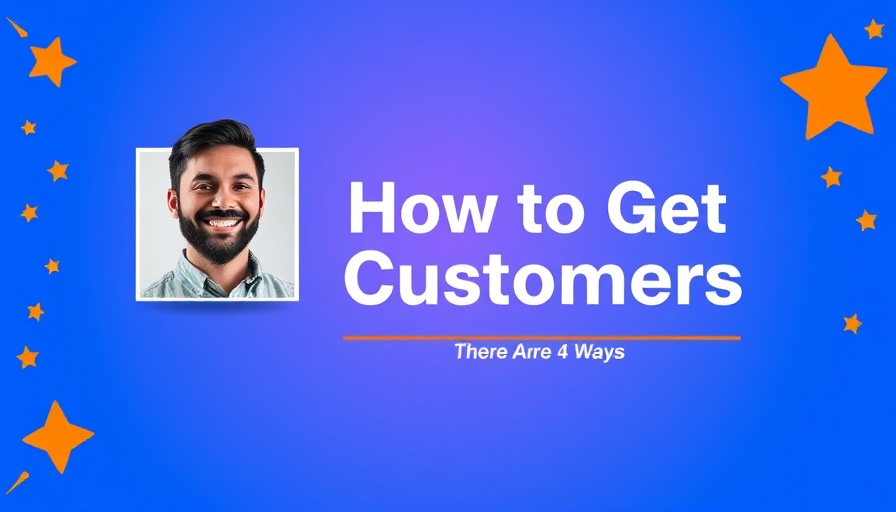
Why Acquiring Customers is Like Catching Fish
In the vast ocean of online business, catching customers can feel like trying to reel in fish with a bare hand! Getting customers is crucial for any business, but figuring out how to get customers can be overwhelming. Thankfully, there are four essential strategies that can help you reel in new clients and keep them swimming around your pond!
Strategy 1: Unearth Treasure with Keyword Research
Picture yourself as a treasure hunter. The first step in your quest is to identify the website traffic generation treasures hidden in the keywords your customers are searching for. Tools like Keyword Explorer are like treasure maps that lead you to lucrative keywords. When you enter terms related to your business, you can filter out high potential keywords with low competition.
For example, if you’re in the coffee business, discover which terms like “best coffee maker” are buzzing in the minds of seekers. Why not take the time to analyze the top-ranking content for those keywords? You’ll find that searchers usually want detailed comparisons or expert reviews, which your own content can fulfill!
Strategy 2: Make Your Presence Known on YouTube
Did you know that YouTube is the second largest search engine? With 2.49 billion monthly users, it’s the underwater kingdom where you can showcase your products using engaging videos. Creating captivating videos might lure customers in better than any ad could! Make sure to optimize your videos by adding relevant keywords to the title and description—after all, every fish needs bait!
Strategy 3: Content is King (Or Should We Say Queen?)
When it comes to website traffic generation strategies, content marketing is the crown jewel that holds it all together! Produce helpful and engaging content that addresses your customers’ questions or problems. Write blogs, create guides, and share how-tos to earn your place as an expert in your field. Fifty percent of people actively search for informative content, so give them what they crave!
And remember, don’t forget the magic of storytelling. Consumers love a good narrative! Use anecdotes to illustrate the benefits of your products or services, making your brand resonate with potential customers. As Shakespeare wouldn’t say, "All the world’s a stage, and your content is its star!"
Strategy 4: The Power of Social Proof
Have you ever bought a product just because your friend raved about it? That’s the beauty of social proof! Utilize testimonials and user-generated content to boost your credibility. When new customers see others singing your praises, they’re more likely to trust you. It’s like hanging a big ‘catch of the day’ sign in your shop!
And don’t be shy, ask satisfied customers for reviews. You can even follow up with a little “Thank You” note. People love to feel appreciated!
Metrics: Your Fishing Rod for Insight
To ensure you’re not casting your line into empty waters, use analytics tools to track your traffic. With so many website traffic metrics available, you can see what’s working and what’s just baiting fish without hooks. Monitoring tools like Google Analytics can help you evaluate your customer acquisition strategies. Check where your traffic is coming from, what content resonates best, and how conversions are spawning.
Time to Act!
Now it’s your turn! You'll need to experiment with these strategies to uncover what works best in your particular market. Think of it as a fishing expedition—you won’t catch every fish the first time out, but persistence is key! Take feedback into account and continuously adjust your approach.
And don’t forget the most important tip: have fun with it! When you enjoy what you do, your authenticity will shine through, attracting those customers like bees to honey. So, get out there and start making waves with your marketing! Remember, it’s not just about the catch, it’s about the experience!
Final Hook: Your Turn to Shine!
If you’re ready to dive into the big sea of customer acquisition, don’t hesitate! Start implementing these strategies today. Make marketing less of a chore and more of an adventure—before long, you’ll be swimming in success!
 Add Row
Add Row  Add
Add 




Write A Comment